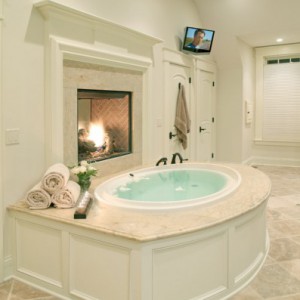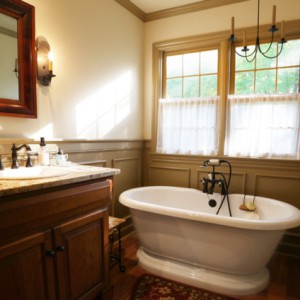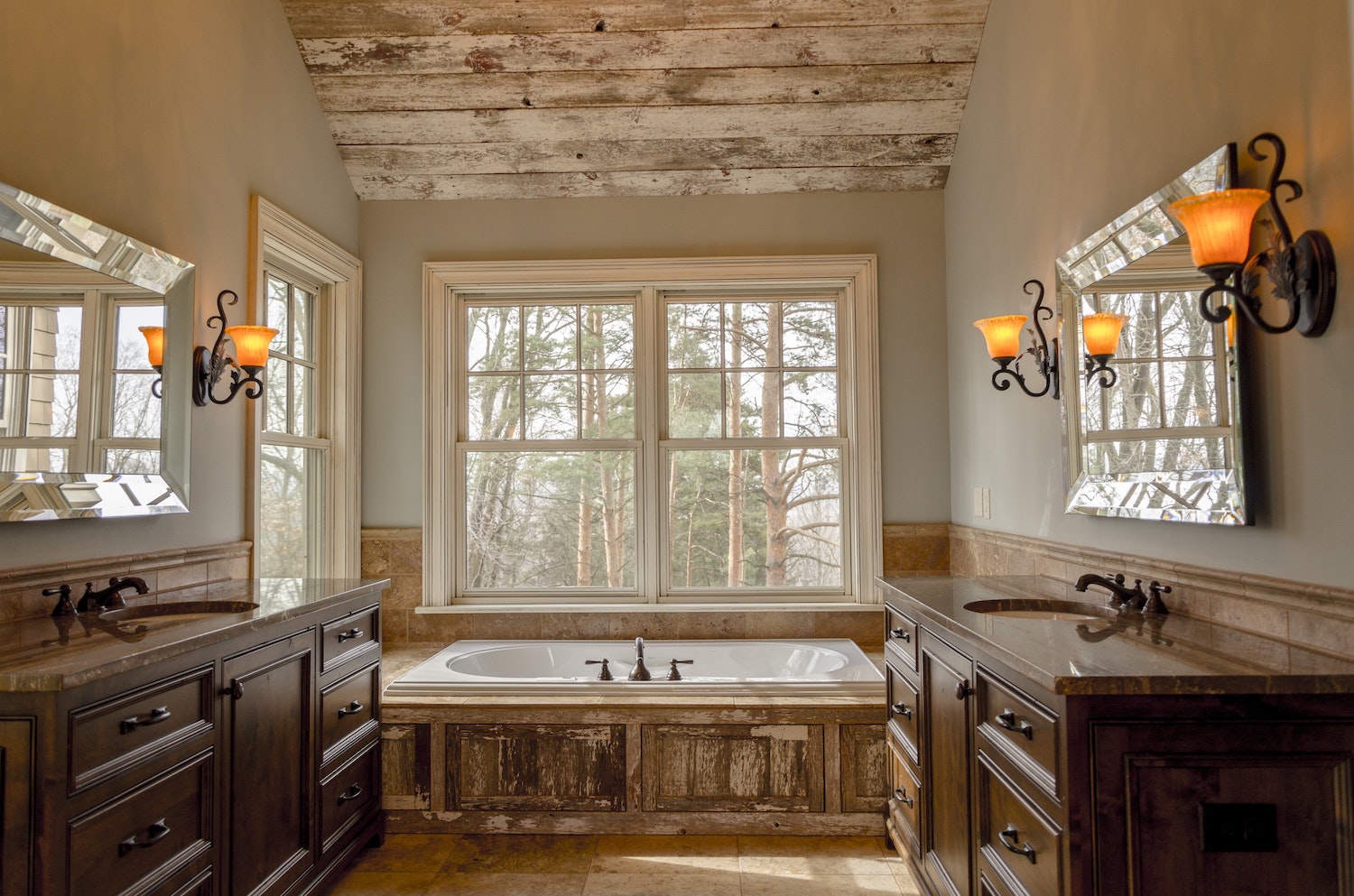Probably one of the biggest and most expensive decisions you will make during a bathroom remodel is whether to have a freestanding bathtub or a built-in. While one route will leave you with a more artistic showpiece, the other often trumps it due to functionality and logistics. Here we take a look at the two to help you make the best decision for your dream bathroom.

Freestanding tubs: Think of the classic claw foot tubs that decked bathrooms of the past. Granted, the styles and lines have changed quite a bit since those first freestanding designs, but the overall look is the same: a bold piece that often resembles a piece of furniture and often serves as the centerpiece of the room.
Built-in tubs: Just as it sounds, these tubs are built into the existing structure and are therefore unfinished on two or more sides. They are integrated into the structure of the existing room. While they can serve as a centerpiece with careful attention to detail in tiling and fixtures, they are often more muted than freestanding tubs.
So which one is right for your bathroom?

- How much room do you have? Freestanding tubs usually require more space than built-in tubs, especially if the faucet is going to be floor mounted. However, even small bathrooms can often accommodate a small freestanding tub. Built-in tubs are limited usually to being in a corner or alcove, as they require placement between two or more walls. If your room configuration does not allow this, a freestanding tub may work better.
- What are you going to do with it? Are you one that enjoys a nice long soak in a deep tub? Do you only use the tub to bathe your children? If you are looking for a spa-like retreat in which to enjoy a hot bath and a glass of wine, then a freestanding tub may be your best bet. These tubs can be quite deep and large to accommodate this feel. On the other hand, if you do not use the bathtub much or only to bathe children, you may prefer a built-in tub, as it is generally more shallow and easier to maneuver around.
- How much storage do you need? If you have oodles of bath supplies, a freestanding tub may not serve you well. Because these are generally free from all walls, there is typically very little to no storage surrounding them unless you install a shelf or small table close by. A built-in tub, however, usually offers much more storage, as shelving can even be built into the design given its proximity to at least two walls.
- How much work do you want to put into installation? A freestanding tub requires tricky plumbing. In order to cover up or hide the plumbing, it may need to come through the wall instead of the floor. Also, these tubs are very heavy and often require further reinforcement in the floor. This can add up. A built-in tub with an enclosure can hide plumbing and wiring much easier.
- Where are you going to shower? A built-in tub is often combined with a shower for a one-stop-shop. This is helpful in small spaces to allow you to get the best of both worlds in the smallest amount of space possible. A freestanding tub, however, necessitates a separate shower, which requires space and comes at a price.
There are pros and cons to both freestanding and built-in tubs. The decision is yours. A certified bath designer at Dream Bath would love the opportunity to help you in that decision and all the others that come with creating your new bathroom.



